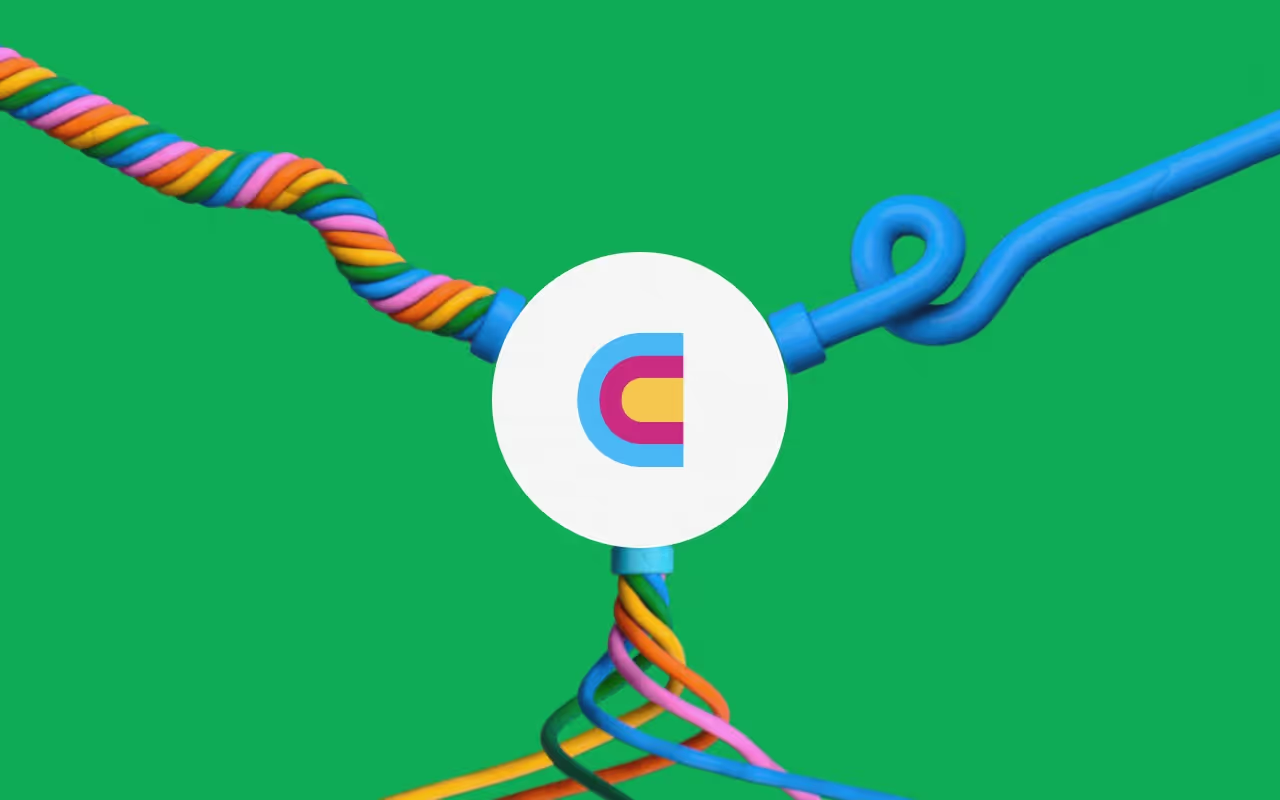In this course, we're diving deep into one of the most powerful enrichment providers in Clay's arsenal: HG Insights.
Most technographic providers rely on web scraping and basic detection methods. They crawl websites looking for JavaScript snippets, tracking pixels, and other surface-level indicators. This gives you basic information like "Company X uses Salesforce" or "Company Y has Google Analytics installed."
But here's the problem: web scraping only captures what's publicly visible on a company's website. It misses the depth of their actual technology usage, spending patterns, and implementation details that really matter for sales and marketing.
HG Insights takes a fundamentally different approach through document analysis.
📄 Document Analysis Methodology
Instead of just scraping websites, HG Insights processes billions of business documents. We're talking about SEC filings, press releases, contracts, RFPs, job postings, earnings calls, and other corporate documents that reveal the real story behind a company's technology decisions.
This document analysis methodology uncovers information that web scraping simply cannot access: actual spend amounts, contract terms, implementation timelines, and usage patterns.
🎯 The Difference in Practice
Here's the difference between basic technographics and HG Insights data:
HG Insights tells you that Airbnb runs Salesforce Enterprise Edition plus Marketing Cloud, they're spending approximately 180K annually across 50-plus licenses, they upgraded their implementation 8 months ago, and they're currently evaluating additional Salesforce products based on recent job postings for Salesforce administrators.
Or take a company like Stripe. A basic provider might detect that they use AWS. HG Insights reveals that Stripe has a multi-million dollar AWS contract, they're using specific services like Lambda and RDS, they've expanded their usage by 40% in the last year, and they have dedicated AWS architects on staff.
This level of detail transforms how you approach prospects because you understand not just what they use, but how they use it and what it means for their business priorities.
🏢 Corporate Structure Visibility
HG Insights also provides corporate structure visibility that most providers miss entirely.
Basic technographic tools typically focus on single domains or headquarters locations. But enterprise companies are complex - they have subsidiaries, regional offices, and different technology stacks across business units.
HG Insights maps these relationships, showing you the complete technology footprint across an organization's entire corporate structure.
This means you can identify opportunities at subsidiary companies that other providers don't even know exist, or understand how technology decisions flow between parent companies and their divisions.
📊 Enterprise Adoption
90% of Fortune 500 technology companies rely on HG Insights data for their go-to-market strategies. And 75% of Fortune 100 companies use their insights for competitive intelligence and market research.
💡 Clay <> HG Insights Integration
But here's where Clay changes the game for smaller teams and individual users.
Traditionally, accessing HG Insights data required expensive annual contracts, often starting at $50,000+ per year with lengthy procurement processes.
Clay's integration eliminates these barriers entirely. You get the same enterprise-grade technographic data through Clay credits. HG Insights enrichment costs just 8 credits per company per technology - meaning you get access to Fortune 500-level intelligence without the budget or procurement headaches.
🤔 When to Use HG Insights
So when should you use HG Insights versus other technographic providers?
Use HG Insights when you need depth over breadth. If you're doing high-touch sales with longer deal cycles, the detailed spend and contract information can be the difference between a generic pitch and a conversation that resonates.
Use it when you're targeting enterprise accounts with complex corporate structures. The subsidiary mapping and organizational visibility helps you identify the right entry points and decision-makers.
And use it when timing matters. The contract renewal dates and implementation timelines help you reach prospects when they're actually in buying mode, not just when they happen to visit your website.
🚀 What's Next
In our next lesson, we'll walk through exactly how to set up HG Insights enrichment in Clay, including the specific data points you can access and how to structure your tables for maximum efficiency.
Connect, explore and learn together
Read our GTM blog, or try out our top Claybooks and templates to transform your growth ideas into outreach in minutes.





















